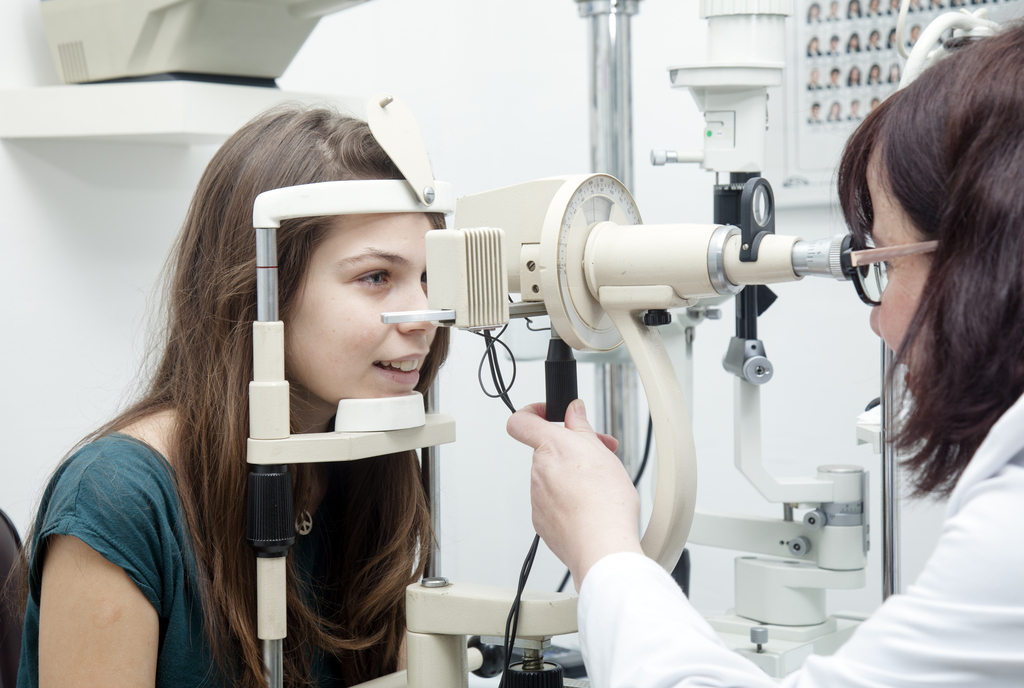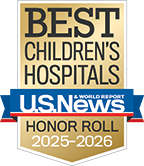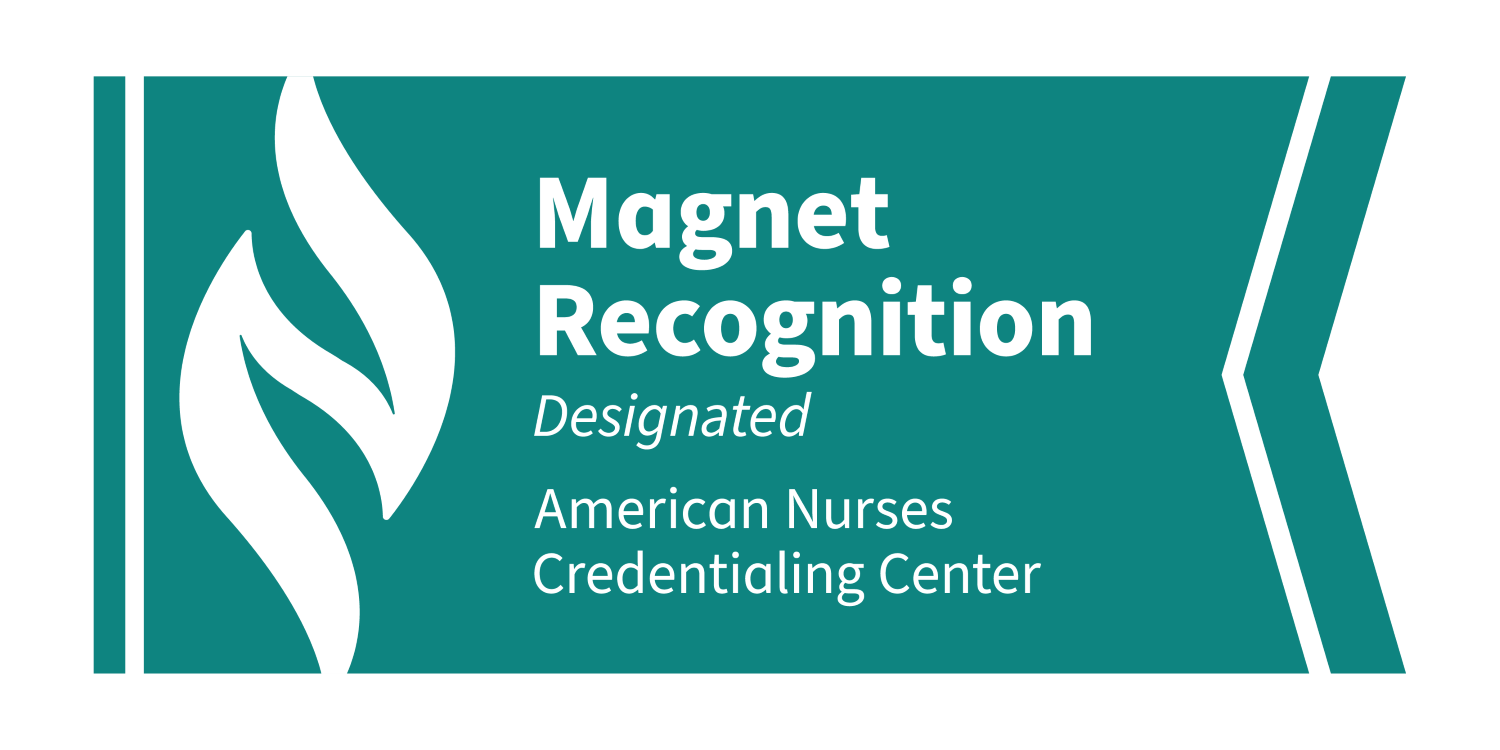Condition
Pediatric Congenital/Developmental Anomalies Affecting the Eye and Orbit
In the human embryo, the eyes are formed by a delicate and complex process. Problems in this process can lead to congenital (present at birth) eye malformations. These conditions are relatively rare, occurring in approximately five per 10,000 live births.
What You Need to Know
Key Symptoms
The most common symptoms of congenital/developmental eye anomalies are:
- Abnormal-looking eye
- Reduced eye vision
Diagnosis
Congenital/developmental eye anomalies are typically diagnosed by:
- Physical examination
- MRI
- CT scan
- Ultrasound
Treatment
Treatment typically includes:
- Glasses
- Patching
- Surgery
Children's National has a special Ophthalmic Genetics Clinic, headed by Brian P. Brooks, MD, PhD, one of the few physicians nationwide who is board certified both as a pediatric ophthalmologist and a clinical geneticist. Dr. Brooks conducts an active scientific research program on inherited eye diseases at the National Eye Institute, a division of the National Institutes of Health. All members of the Pediatric Ophthalmology Team help assess, refer and manage cases of congenital/developmental eye anomalies.
Schedule an Appointment
Our pediatric specialists provide personalized care for your child’s physical, mental and emotional health needs. Meet the providers who treat congenital eye and orbit malformations and schedule an appointment today.
Frequently Asked Questions
What are congenital/developmental anomalies affecting the eye and orbit?
What are the symptoms of congenital/developmental eye anomalies in children?
How are congenital/developmental eye anomalies diagnosed in children?
What is included in treatment of congenital/developmental eye anomalies in children?
What is the long-term outlook for a child with congenital/developmental eye anomalies in children?
How Our Teams Help
All members of the Pediatric Ophthalmology Team help assess, refer and manage cases of congenital/developmental eye anomalies. Members of the Pediatric Oculoplastics Team evaluate and surgically treat malformations such as lid deformities, lid coloboma (absence of the lids), ptosis (drooping of the lids) and small orbits due to extremely small or "absent" eyeballs.
Departments that Treat Congenital/Developmental Anomalies Affecting the Eye and Orbit

Ophthalmology
See how the pediatric ophthalmologists at Children's National specialize in diagnosing and treating complex eye problems, including strabismus, childhood cataracts, glaucoma and rare congenital disorders.

Help Kids and Make a Difference
Invest in future cures for some of life's most devastating diseases. Give today to help more children grow up stronger.







